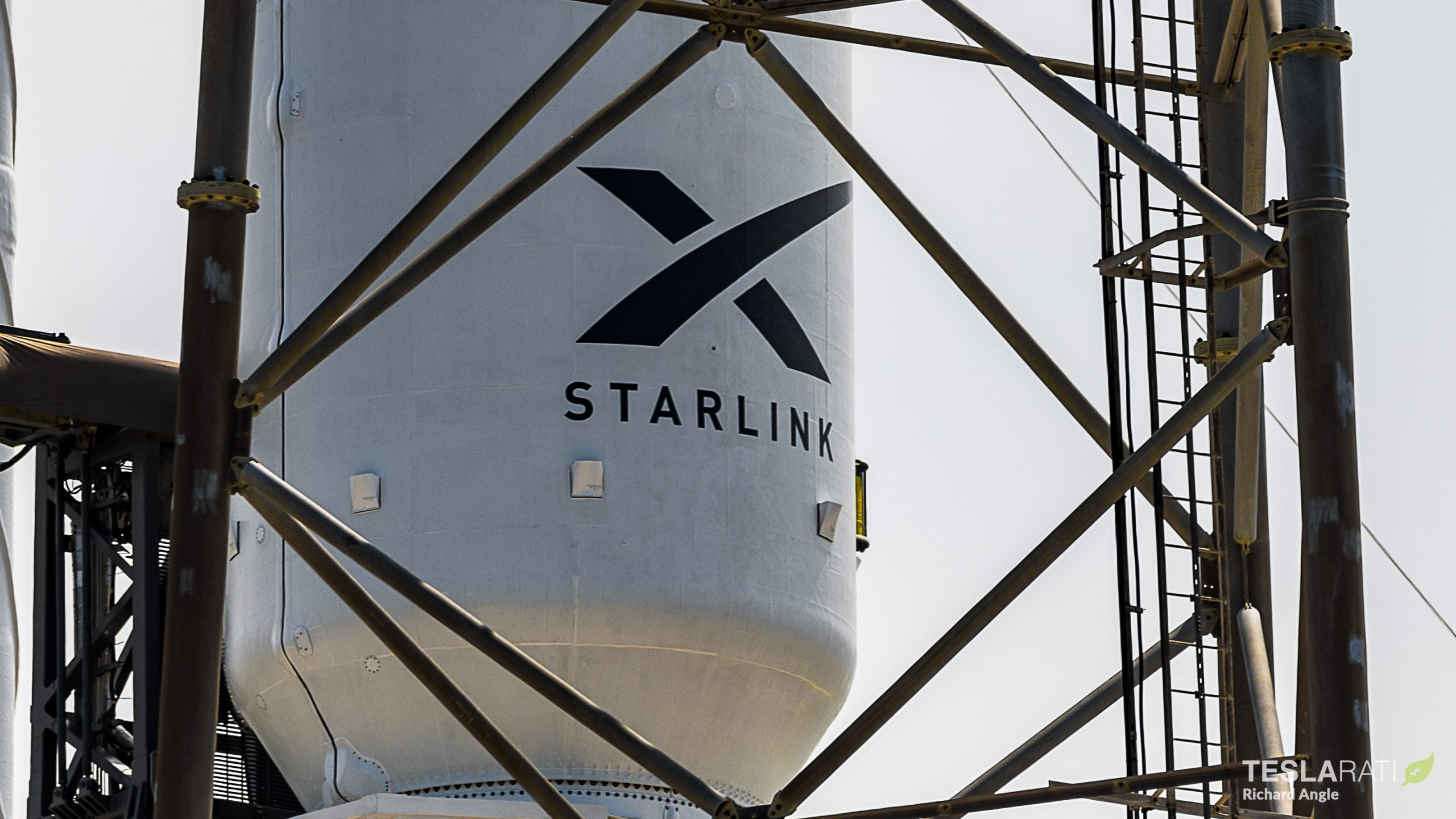SpaceX plans to launch two Falcon 9 rockets hours apart from Florida and California. Starlink group 6-3 will launch from Cape Canaveral Space Force Station with a planned launch time of 12:41 AM ET (04:41 UTC) and from Vandenberg Space Force Base, Iridium OneWeb rideshare launch at 6:19 AM PT (13:19 UTC).
First up, SpaceX will launch booster 1076 on its 5th flight to deliver 22 Starlink V2 mini-satellites to a 43 degree orbit inclination. The 22 Starlink V2 mini-satellites come in at a combined ~17.6 metric tons, potentially setting the record for the most mass to low Earth orbit for a Falcon 9. This shows a gradual increase in the confidence of the Falcon 9 to deliver high-mass payloads to orbit while maintaining the ability to recover the first stage. On station for this recovery is the droneship “A Shortfall of Gravitas,” stationed roughly 636 km downrange, just East of the Bahamas.
The current weather outlook for this launch has a 60% chance of violating launch criteria at the opening of the launch window. However, this launch has three more opportunities, 1:13 AM ET (05:31 UTC), 2:19 AM ET (06:19 UTC), and 3:09 AM ET (07:09 UTC) in which the weather improves to a 40% chance of violating launch criteria.
Targeting Friday, May 19 for Falcon 9’s launch of 22 second-generation @Starlink satellites to low-Earth orbit from SLC-40 in Florida → https://t.co/bJFjLCiTbK pic.twitter.com/dauhzxh0z5
— SpaceX (@SpaceX) May 18, 2023
Rounding out the Friday launches is the Iridium OneWeb rideshare launch from Vandenberg Space Force Base. This will feature the launch of 5 Iridium satellites and 16 OneWeb satellites. The 5 Iridium satellites launching on this mission are essentially spare satellites but will help bolster their on-orbit capabilities in the case of another satellite having technical issues. Once inserted into their initial orbits and passing testing, the satellites will then be drifted to their final orbits. The 16 OneWeb satellites will feature 15 Gen-1 satellites and 1 prototype Gen-2 satellite, nicknamed ‘JoeySat’, intended to test highspeed internet. This Gen-2 satellite is a partnership between OneWeb and the European Space Agency. The technology being tested on this satellite will give the ability for OneWeb to quickly adjust to surge demand and also rapidly deploy 5G mini hubs in the case of natural disasters to help with recovery efforts.
No. It’s not like a satellite giant Jenga…(though that would be kinda cool 🤔)
🛰️ 🛰️ 🛰️
🛰️ 🛰️ 🛰️
🛰️ 🛰️ 🛰️Check out the stacked dispenser of 5 #Iridium9 satellites (top) and a whole bunch of @OneWeb satellites, getting ready to roll for our upcoming @SpaceX rideshare 🚀 pic.twitter.com/9r9lrbCRBh
— Iridium (@IridiumComm) May 16, 2023
The Falcon 9 launching this rideshare is booster 1063 on its 11th mission. Following stage separation, the booster will land the droneship ‘Of Course I Still Love You’. If, for some reason, launch does not happen on time, SpaceX has a backup opportunity Saturday, May 20th at 6:15 AM ET (13:15 UTC). Watch the Starlink and Iridium OneWeb launches below!
Questions or comments? Shoot me an email @ rangle1555@gmail.com, or Tweet me @RDAnglePhoto.


Thanks for the comprehensive overview. Very helpful!